Hanoi possesses an invaluable and extremely rich and diverse heritage treasure of 6,489 relics, including 3 heritages recognized by UNESCO as representative intangible cultural heritage of humanity, 1 world documentary heritage... Hanoi also has 1,350 craft villages, villages with crafts containing unique traditional cultural features and high economic value.
Heritage – a rich resource
Hanoi is the leading locality in the country in terms of the number of cultural heritages. This is a rich resource for socio-economic development in general and cultural industry in particular.
Hanoi has famous historical sites and cultural works that have long attracted many domestic and international tourists, such as the Temple of Literature - Quoc Tu Giam, One Pillar Pagoda, Tran Quoc Pagoda, Quan Su Pagoda, Voi Phuc Temple, Bach Ma Temple, Quan Thanh Temple, Turtle Tower - Ngoc Son Temple, Huong Pagoda...
The 82 Doctoral Steles at the Temple of Literature - Quoc Tu Giam were recognized by UESCO as a World Documentary Heritage in the Asia-Pacific region (2010) and a World Documentary Heritage globally (2011), and were recognized by the Government as a National Treasure (2015).
Hanoi also has a system of museums and theaters that are of interest to domestic and foreign tourists and are well-reviewed, such as the Vietnam National Museum of History, the Museum of Ethnology, the Ho Chi Minh Museum, the Vietnam Museum of Fine Arts, the Hanoi Museum, the Hanoi Opera House, etc. In particular, for many years now, the Old Quarter has been likened to a "living museum" about the formation and development of the Thang Long - Hanoi citadel through the ups and downs of history...
Gióng Festival at Sóc Temple - A place to preserve and promote many traditional cultural beauties
Attached to the relic system are traditional festivals of different sizes and forms, contributing to honoring the unique cultural values of the capital. Typical examples include the Gióng festival at Sóc temple and Phù Đổng temple (recognized by UNESCO as a representative intangible cultural heritage of humanity in 2010), the Hai Bà Trưng temple festival (Me Linh), the Cổ Loa festival (Đông Anh district), the Hương pagoda festival (Mỹ Đức district)...
Along with that, Hanoi also has 1,350 craft villages, villages with crafts, creating a unique cultural space of craft villages, including many long-standing traditional craft villages with unique and sophisticated products, such as Bat Trang pottery, Van Phuc silk, Hang Trong paintings, Ngu Xa bronze, Ha Thai lacquerware... along with famous flower and ornamental plant villages, such as Nhat Tan, Quang Ba, Nghi Tam, Tay Tuu, Me Linh...
Pho Hanoi – one of the culinary quintessence of the capital
Regarding cuisine, Hanoi has a unique culinary culture with famous dishes such as Com Lang Vong, Pho Ha Noi, Bun Cha, Bun Thang, Bun Oc, Thanh Tri rice rolls, La Vong fish cakes, Ho Tay shrimp cakes...
Hanoi also has many types of traditional performing arts and folk art activities, including those recognized as world cultural heritages, such as ca tru, xam, hat van... creating great attraction for domestic and foreign tourists.
Promoting heritage values
All of the above cultural heritages have become valuable human resources, one of the comparative advantages for the Capital to develop cultural industries, especially cultural tourism, performing arts, handicrafts, design, etc.
The city has always adhered to the viewpoint of developing cultural industry based on the principle of ensuring harmony between conservation and development, maximizing the potential, strengths, and traditional cultural values bearing the identity of the thousand-year-old capital, Hanoi. At the same time, it has vigorously implemented a number of projects and planning schemes to preserve and promote the values of world heritages, special national monuments, and national monuments, while simultaneously building new cultural works, creating new cultural symbols for the capital and having the potential to develop cultural industry.
Dao Thuc water puppetry - a prominent cultural activity, typical of Dao Thuc village, attracting tourists from near and far
State management of culture and festivals has been strengthened, contributing to improving the quality of cultural tourism services. Hanoi is one of the first localities in the country to complete a general inventory of relics, effectively implementing cultural heritage education, successfully mobilizing hundreds of billions of VND each year for restoration, embellishment, and promotion of heritage values, contributing to sustainable tourism development. The city has implemented many projects to develop technical facilities, cultural tourism products, performing arts, handicrafts, and creative design. The city also implemented international-scale projects, such as the National Exhibition Center (Dong Anh district), Kim Quy Park (Dong Anh district; Effectively exploiting the space for performing arts and street food in Tay Ho district (Trinh Cong Son walking street), the cultural site for enjoying Quang An lotus tea; Continuing to build the cultural tourism site "Vong Thi communal house and pagoda relic cluster and the model of the do paper craft village"; Organizing tourism activities to promote traditional products of Ha Thai lacquer craft village, Hong Van ornamental plant craft village (Thuong Tin district), Bat Trang pottery craft village (Gia Lam district), Van Phuc silk craft village (Ha Dong district)... Some craft villages have been invested synchronously to become cultural tourism sites that meet national and international standards. Determining that cultural products are the most sustainable products, Hanoi has a policy of focusing on investing systematically in cultural products at relic sites in terms of both design and quality. carry the identity of the capital
Along with that, many agencies and units in the city have continuously innovated their approaches and exploited heritage to turn heritage into a resource for socio-economic development, especially developing cultural tourism and handicrafts. Typically, the Hoa Lo Prison Relic Management Board continues to introduce to the public a new cultural product called "Sacred Night", honoring young heroes with real historical stories at Hoa Lo Prison; the Thang Long - Hanoi Heritage Conservation Center has put into operation the night tour "Decoding Thang Long Imperial Citadel" specifically for foreign visitors; the Temple of Literature - Quoc Tu Giam relic site has deployed a night tour with 3D mapping technology with the theme "The Quintessence of Confucianism", the 3D mapping film "History in Stone"; Bat Trang Pottery Village has put into operation and exploited the Center for the Quintessence of Vietnamese Craft Villages...
To turn heritage into a resource for development
According to experts, heritage, no matter how valuable, is still just a "resource". To create attraction to attract tourists, it is necessary to turn that heritage value into a product. To exploit the economic value of heritage, there are still many challenges and difficulties. To solve this problem, Hanoi needs a better quality workforce participating in the cultural industry. This team must be knowledgeable about culture; plan long-term programs, create products with depth and rich identity, ensuring the goal of promoting and honoring sustainable heritage. Craft villages are very improving tourism services, innovating in design, "accelerating" digital transformation, especially in product promotion, attracting tourists; authorities need to consolidate and expand sightseeing routes based on exploiting heritage values: cultural and historical heritage tourism; Craft village, craft street, festival, culinary tourism; Hanoi culinary quarter, ancient houses, traditional family ceremonies in Nghi Tam - Quang Ba; Visiting traditional art forms: ca tru, water puppetry, chau van". The city needs to pay attention to researching and experimenting with the public-private partnership model in cultural heritage conservation activities associated with sustainable tourism development; increasing investment in conservation activities and promoting the value of cultural heritage in the area...
As a place where valuable cultural heritages of the Vietnamese people converge and crystallize, Hanoi has been implementing many solutions to continue promoting the value of heritages in developing cultural industries, making important contributions to the socio-economic development of the capital.
Duc Minh
Source: https://sovhtt.hanoi.gov.vn/ha-noi-phat-huy-di-san-trong-cong-nghiep-van-hoa/


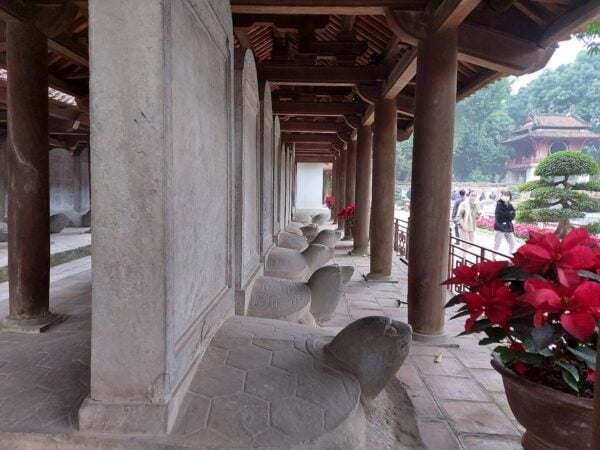
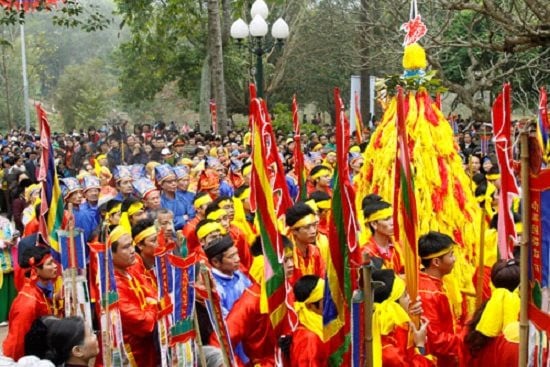
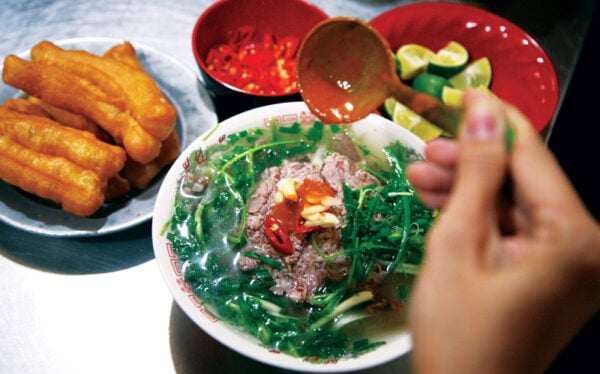
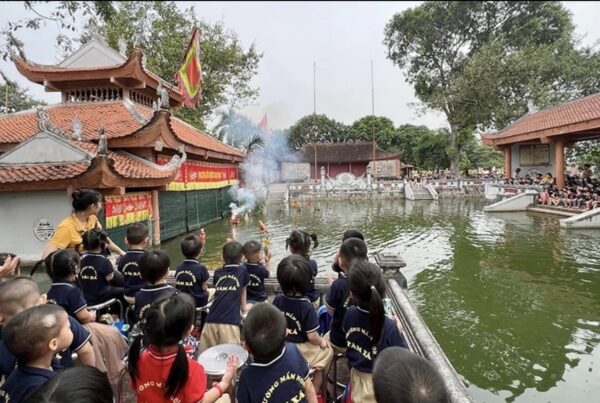
![[Photo] Vietnam shines at Paris International Fair 2025 with cultural and culinary colors](https://vphoto.vietnam.vn/thumb/1200x675/vietnam/resource/IMAGE/2025/5/4/74b16c2a197a42eb97597414009d4eb8)
![[Photo] Bus station begins to get crowded welcoming people returning to the capital after 5 days of holiday](https://vphoto.vietnam.vn/thumb/1200x675/vietnam/resource/IMAGE/2025/5/4/c3b37b336a0a450a983a0b09188c2fe6)
![[Photo] General Secretary To Lam receives Sri Lankan President Anura Kumara Dissanayaka](https://vphoto.vietnam.vn/thumb/1200x675/vietnam/resource/IMAGE/2025/5/4/75feee4ea0c14825819a8b7ad25518d8)
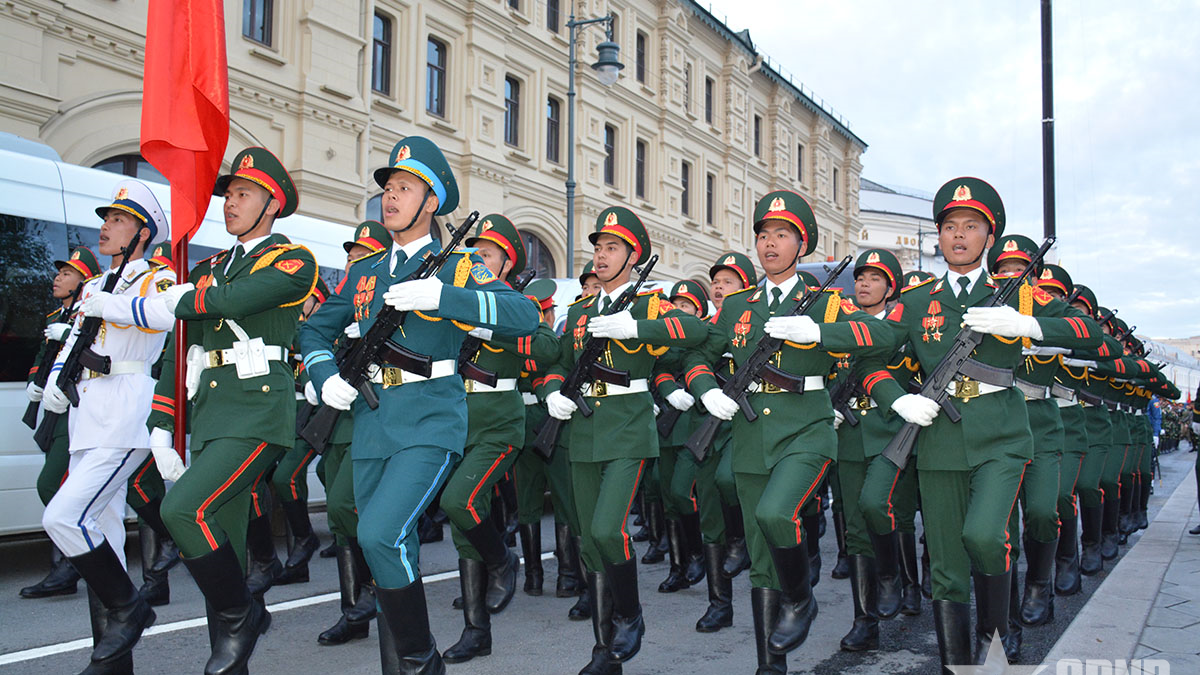
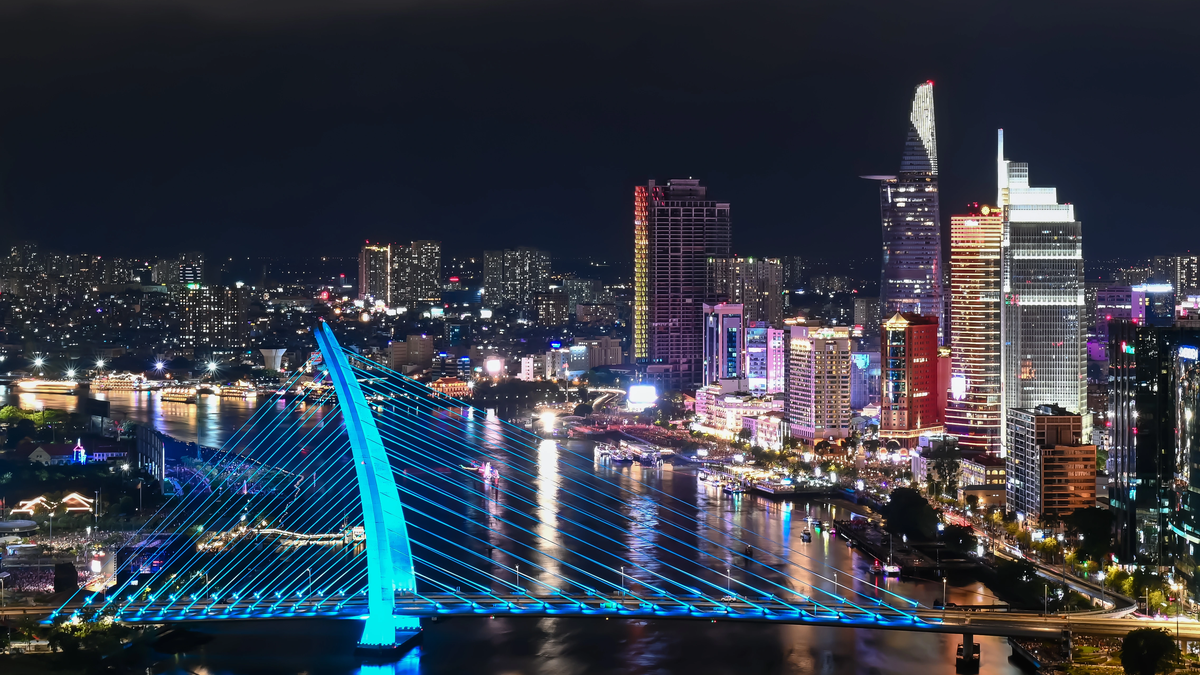

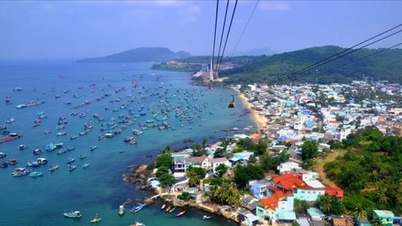

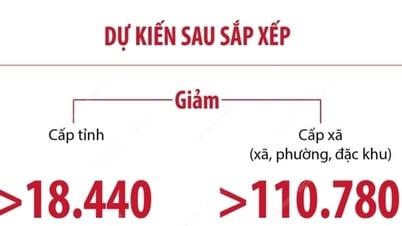

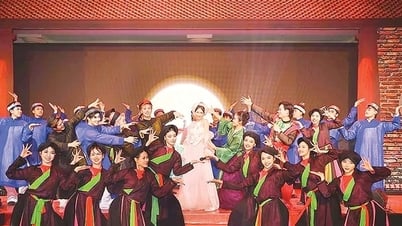
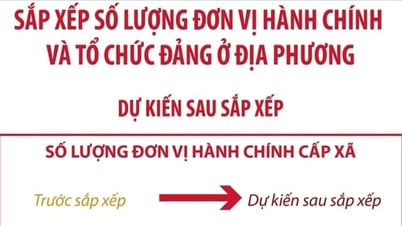




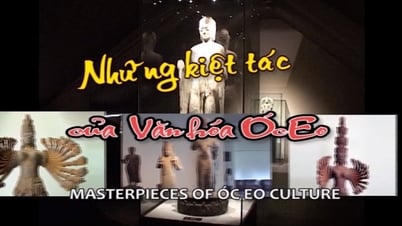
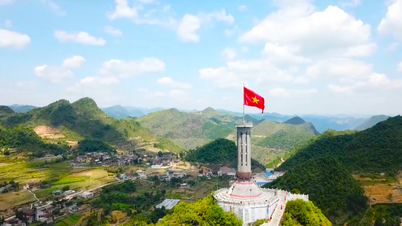

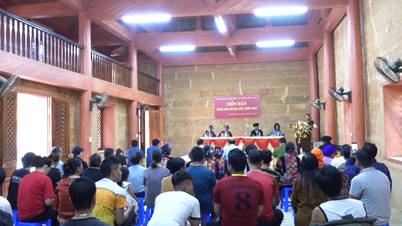

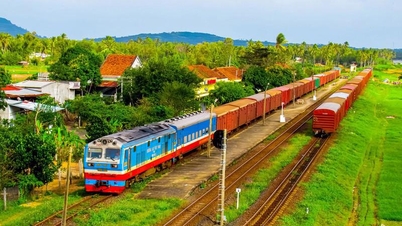



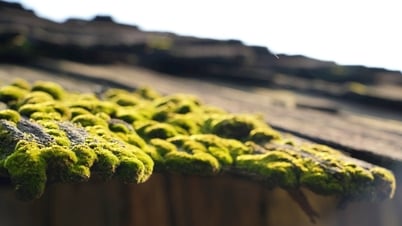





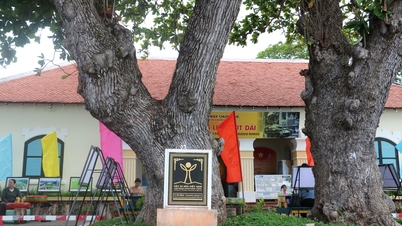

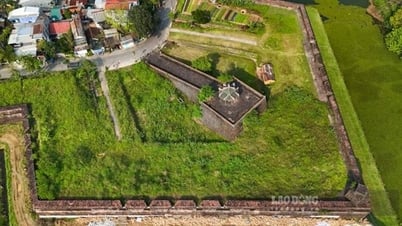

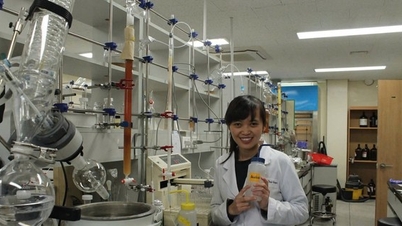


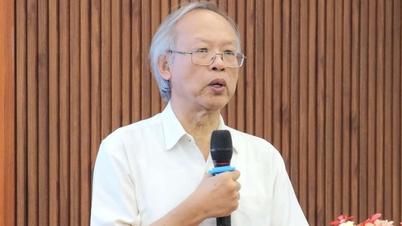

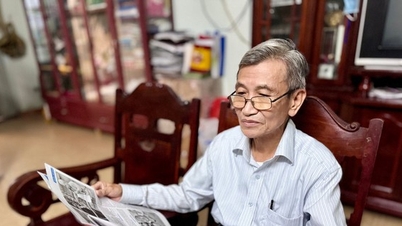
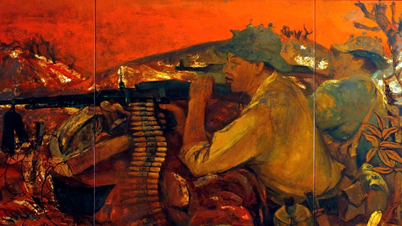

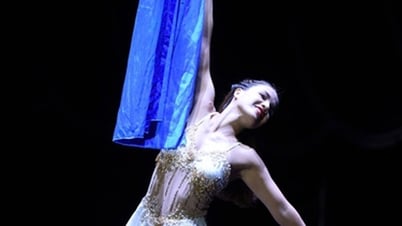

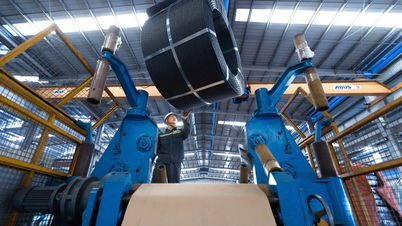

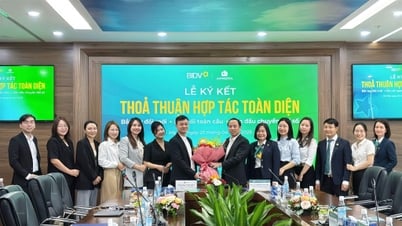

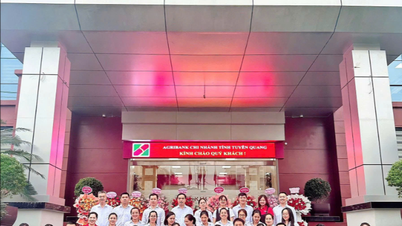







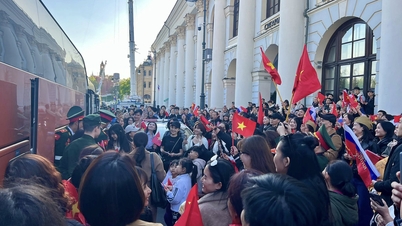


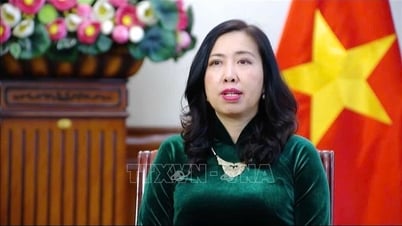




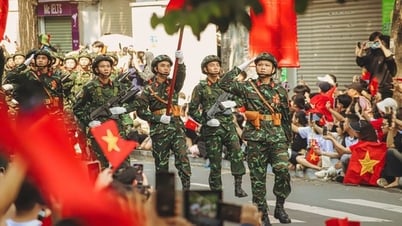

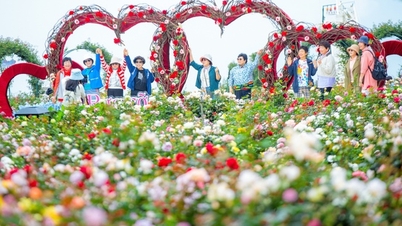
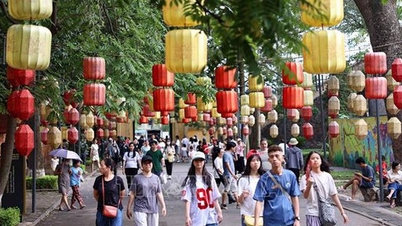
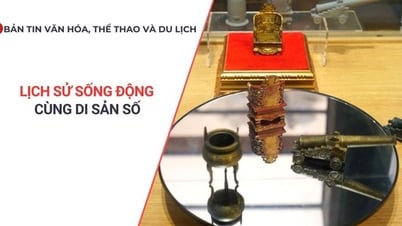





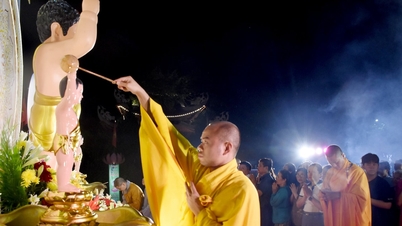
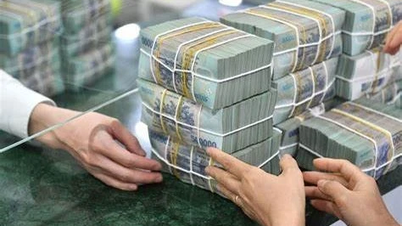

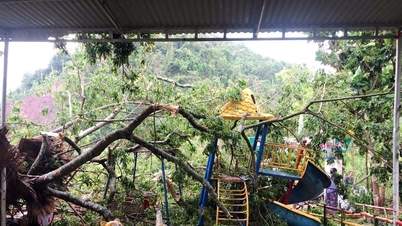

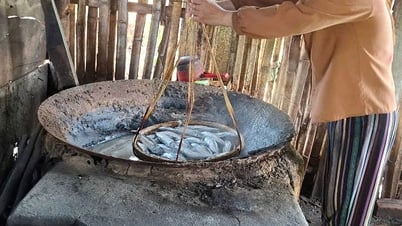




![[Video]. Building OCOP products based on local strengths](https://vphoto.vietnam.vn/thumb/402x226/vietnam/resource/IMAGE/2025/5/3/61677e8b3a364110b271e7b15ed91b3f)

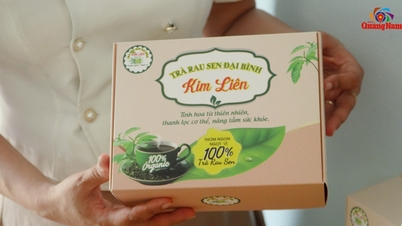


Comment (0)